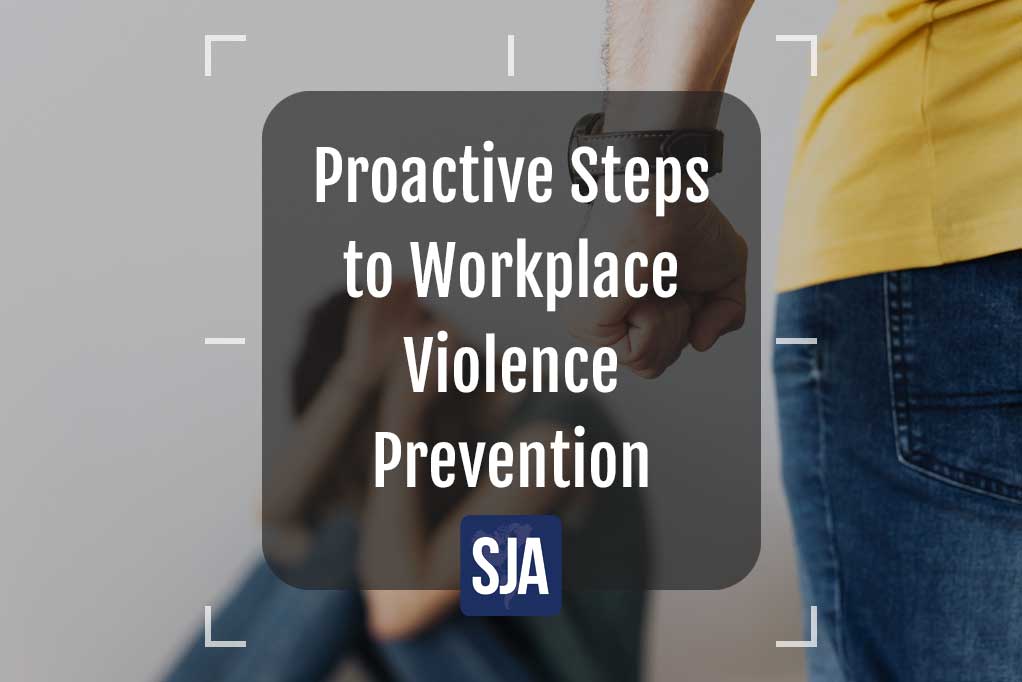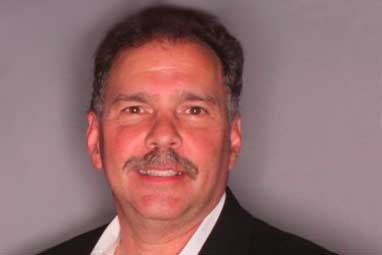Proactive Steps to Workplace Violence Prevention


Victoria Rees
Share this content
My name is Dr Steve Albrecht and I’m based in the US, specifically in Springfield, Missouri and am an expert consultant and coach on workplace violence prevention.
I spent most of my career in San Diego, California, and worked as a police officer there for almost 16 years.
During that time, I was both Sergeant and a domestic violence investigator, which led me to become interested in the subject of workplace violence.
In 1992, there was a workplace shooting at a General Dynamics factory in San Diego.
After an employee was notified by letter that he would be fired, he attended the termination meeting where he then opened fire, killing a company labor representative and critically wounding his former supervisor.
I became interested in that case as well as violence centered around the United States Post Office, but the situation really changed around the time of Columbine, in April 1999.
That was the first time we ever saw targeted violence against a school that had significant loss of life.
I left the police department after that, realizing that this was what I wanted to focus on for the rest of my life, to consultant workplaces on this issue.
I have a Master’s degree from Webster University in Security Management and I got my Certified Protection Professional designation through ASIS and I joined the Association of Threat Assessment Professionals (ATAP).
Article Chapters
ToggleWhy Workplace Violence & Harassment Training is Necessary

The biggest thing that concerns me is that I thought workplace violence as a concept would fade away.
However, I’ve now been doing workplace violence prevention for 30 years and I keep looking for the time where we say that we need to stop consulting on this, but in fact, it’s far worse than when I first started.
What has happened is that a revenge culture has developed.
A lot of this has come from males who are depressed, disconnected or disaffected and so they feel angry.
Sometimes even the smallest event can be enough reason to them to engage in violent behavior; there’s a strong mental health concern.
The number of violent incidents has really been made worse by the fact that the internet and social media can capture these events and they can be posted online.
This can then ‘inspire’ others to do the same thing – especially when the media wants to expose the perpetrators, as sometimes their faces are shown on the news worldwide.
For somebody that’s lived a miserable life, it can be enticing to be remembered, even if for the wrong reasons.
One potential solution to this is the ‘no notoriety’’’ principal, where the media do not share the name or image of the perpetrator.
However, this can be very difficult to enforce and is almost impossible on social media.
Best Practices to Reducing Workplace Violence
It really starts with how we treat people, especially at the human resources (HR) level.
Organizations need to be firm, but fair and empathetic – are they are they terminating people for a genuine reason and with some empathy in the process?
Are they doing things in a way that addresses the revenge factor?
One of the best ways to deal with people that are being terminated is to give them a safety net, for example, a continuation of local benefits or Employee Assistance Programs, which can provide therapy.
In many workplaces, we encourage people to say something to their boss HR or someone in a security function if they know something that is disturbing.
A lot of the time, people in schools and workplaces will hear someone say a threatening statement but not take it seriously.
Through training and awareness, however, we can create a culture that won’t tolerate threatening language and behavior.
Part of the training that I give others is to get as much information about a situation as possible, before making as assessment on what to do.
It doesn’t help to talk about it in the aftermath.
If you are proactive, you could help to prevent something far worse from happening.
While we train people on workplace violence prevention, if there is an incident happening, in the case of an act of violence, the training is to either leave the building as safely and as quickly as possible, hideout in the most protective place inside the building or fight back.
Additionally, in the US, every police department has been trained in active shooter response and so both large and small police departments, from sheriffs and police to the FBI, have been trained in workplace violence active shooter response.
I tell people in the workforce that if they can be barricaded and away from an active shooter for eight to ten minutes, then the police response is usually going to be rapid and effective.
Ways to Coach People in Responding to Threats of Workplace Violence

The biggest issue I see is that both former and current police officers can scare others during training, as there are some horrible pictures and videos of some horrible incidents.
However, I typically don’t talk about things that have happened, because people know the risks already.
Most have had exposure to these events through the news or social media when it’s happened in schools, malls or concerts.
What I talk about is how to feel empowered and allow people to know that they have some level of control over their conduct and safety.
In the event of something like an active shooter, they will have done drills so they know what to do – just like a fire drill.
I say: “File this information away for the rare possibility you ever need it.”
Hopefully they do since it may save them from injury or harm.
One particular focus I have is on threat assessment and threat management.
For example, we teach about when domestic violence enters the corporate workplace, which can be a particular issue for women.
In about 13 or 14 states there are laws that protect domestic violence victims at work, making them a protected class, the same as gender or religion, so they cannot be discriminated against.
In California, an employer has to create a safety plan for domestic violence victims at work.
In other states, people may not want to say anything to their boss – what if they get fired because they mention it?
This has to be shared so that an employer can act upon it to improve safety in the workplace.
That person could be moved to a new facility, could be put behind the scenes, private security could be brought in, or physical security can be boosted at certain locations.
However, this cannot happen unless the situation is discussed.
Therefore it’s important to teach employers not to judge people’s personal lives and to create a space where people feel comfortable discussing this kind of topic.
We need empathic responses from organizations as it will ultimately prevent harm to employees and others as well.
Key Takeaways from Your Book
My most recent book is my 25th!
Around the year 2000, I got a call from some people that worked in a library and who wanted me to come and train them about workplace safety.
The stereotype is that libraries is of introverted people, right?
Well, being a free resource that anyone can use means that libraries cannot choose who comes in, meaning that a lot of people with mental illnesses, substance abuse or who are homeless enter libraries.
Of course, many of these people use libraries for what they are meant for, but not always.
I started going around the libraries in California and then around the rest US.
I wrote a book called Library Security for the American Library Association in 2015 and I wanted to add to this.
So in February of 2023, I published my new book, The Safe Library, which is a kind of sequel.
It helps librarians to feel safe and comfortable in their workplace when dealing with a wide variety of people with sometimes challenging behavior.
How Different Will the Future Look?
I’m actually quite pessimistic – I look at the mental health crisis that we have currently and the ratio of school counsellors to kids and think that we have a recipe for violent incidents to increase.
Also, access to firearms is always going to be a concern because that’s typically the weapon of choice.
However, that doesn’t mean I’m going to stop.
My colleagues and I are going to continue with training, awareness building and site security surveillance to improve physical security in the workplace.
The response of law enforcement is usually very brave and intense for these situations, which gives me hope.
It’s hard to see a solution that stops this is, but training programs are the best way for people to feel more comfortable and to reduce harm in the workplace.
This article was originally published in the May edition of Security Journal Americas. To read your FREE digital edition, click here.
About the Author

Dr Steve Albrecht, PHR, CPP, CTM, is a Security Consultant, Author and Employee Coach on occupational violence. He has helped numerous businesses learn about the best strategies to mitigating threats in the workplace.


